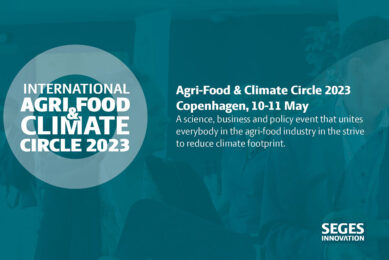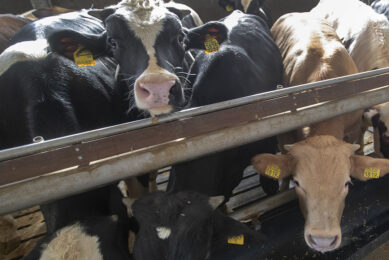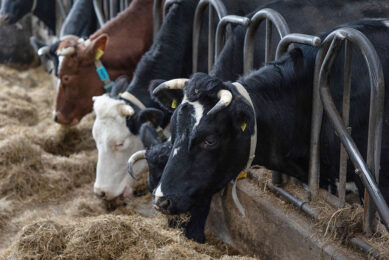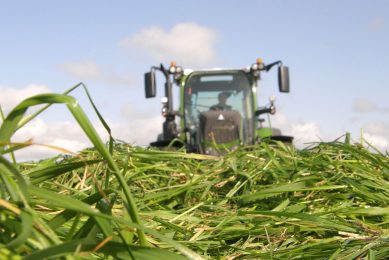UK company develops ‘green’ dairy diet
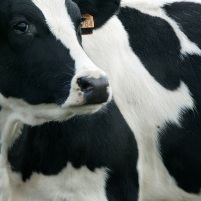
Dairy co-operative First Milk in the UK developed a new diet that can increase yields and reduce greenhouse emissions in cattle.
chew their feed more thoroughly and convert the energy more
efficiently.
Initial trials show that cows involved produced around four
extra litres of milk per week on the diet while cutting methane emissions by
more than 20 per cent for every litre produced. If these figures could be
repeated for the UK’s entire milk output, it would be the equivalent of removing
1.6 million tonnes of CO2 from the atmosphere each year.
Methane produced by dairy
cows in the UK is estimated to contribute one per cent of the UK’s total
greenhouse gas emissions while the industry as a whole contributes around two
per cent.
Keenan ‘mechfibre’
David Beever, from
Reading University in England, and Tony Hull, from the University of Illinois in
the US, are working on methhane reduction through the feed in dairy
cattle.
They are key parties in a research, which has been conducted with
private Irish agribusiness group Richard Keenan & Co.
“We have a
system that delivers a more efficient conversion of energy into milk, better
rumen and digestive health, better animal health, and better nutrition,” said
Professor Beever, author of more than 450 research publications.
The
Keenan system, used around the world, provides nutrition strategies through the
use of its mixer wagon. Keenan’s patented process is called “mechfibre”, which
is based on the science of how an animal best digests feed in its rumen and
absorbs the nutrients.
The Keenan wagon chops and mixes the feed to a
consistency the animal can digest. In turn, this achieves the feed conversion
efficiency that Keenan has shown through research.
Professor Beever said
the use of mechfibre on 270 farms in Britain and France over a year had shown
the clear impact of nutrition, with milk output up 18-21%. “That (result) means
more milk for the same amount of feed,” he said.
With climate change
issues to the fore, Professor Beaver said the experiment had also shown a 16%
reduction in methane emissions. “The gains are potentially double that,” he
said.
Related website:
First
Milk
Keenan System




